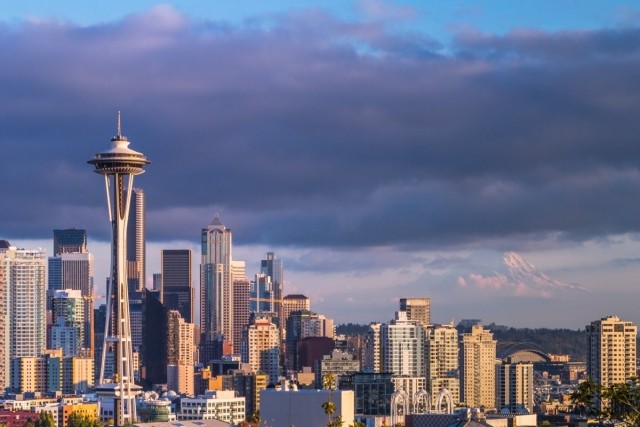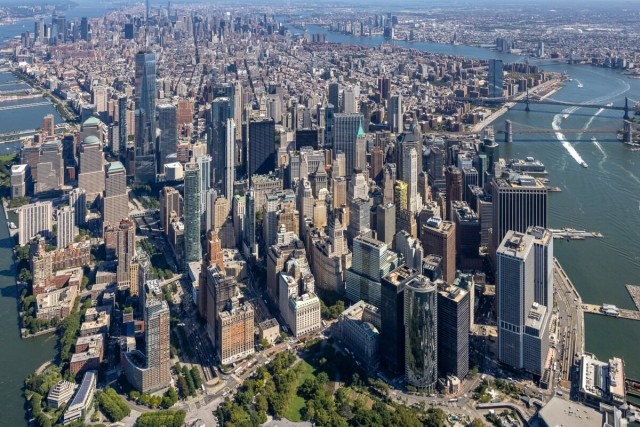The days are longer, the temperature is higher, and school is out of session. You know what that means — it’s moving season!
For a variety of reasons, roughly half of all moves occur between April and September. If you’re thinking about finding a new apartment this summer, you might be wondering which cities have the cheapest rent prices, and which have the highest rent prices. A new study conducted by Florida Atlantic University, Florida Gulf Coast University, and the University of Alabama answers those questions. Researchers analyzed historical rent prices for 100 U.S. cities to find trends they could use to predict rent prices for 2024. As explained by a recent CoStar News report, the cities where rent prices are higher than expected were said to be overpriced relative to expectations. Meanwhile, cities where the actual rent price was below expectations were said to be underpriced.
If you live in the Northeast, you might not be surprised to learn that four of the top five priciest cities are located there. However, New Yorkers may be shocked to learn that even though their rent prices are much higher than the national average, they aren’t considered as overpriced as other Northeastern cities.
Top 5 Most Expensive Cities for Renters
5. New York, NY
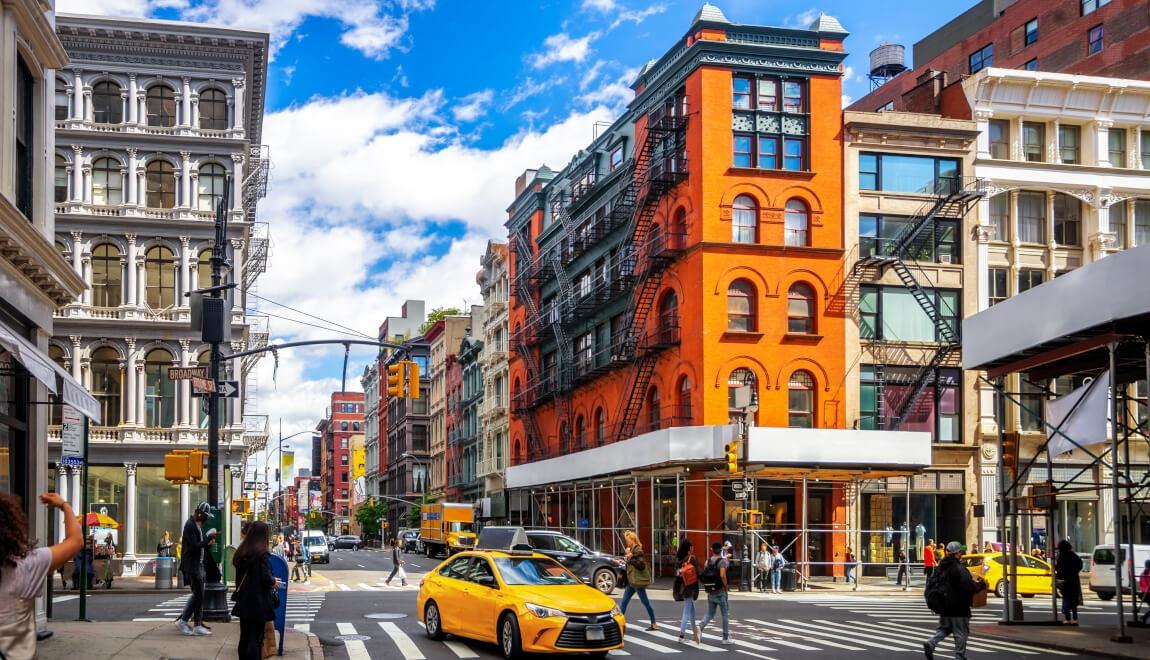
Rent prices in New York City are 6.14% higher than predicted. The average New Yorker is paying $3,776 per month, which is 149% higher than the national average, and 83 percent of all renters in New York City pay more than $2,000 per month. The average annual salary in Manhattan is $74,870, which is slightly higher than the national average of $74,580.
If you’re planning to move to the Big Apple, there are some ways you can save money. If you can put off your move, you’ll likely score a much better rent price in the winter when fewer people are moving. You may even be able to find some rent specials during the colder months when property owners have more difficulty filling vacant units.
Finding a roommate is also a great option, although it’s important to note that the average size of a one-bedroom apartment in Manhattan is 602 square feet, which is slightly smaller than a three-car garage. With some strategic planning, two people can (and often do) share an average NYC apartment, but you might not have a lot of personal space to retreat to when you want some time alone. If you’re imagining yourself in a two-bedroom apartment in the heart of Manhattan, you’re looking at an average rent of $5,154 per month.
It is possible to find an affordable neighborhood in New York City. For example, a one-bedroom apartment in Harlem rents for $2,984 per month, which is slightly cheaper than rent in Manhattan. You might also get a slightly larger living space since the average square footage for a one-bedroom apartment in Harlem is 623 square feet.
If living in Manhattan is your dream, there are some ways to save money on other expenses. First, avoid owning a car since parking and maintaining a car in NYC is very expensive and unnecessary, considering how comprehensive the subway and bus system is. Since the city is so compact, walking and bicycling are also great options. It might also help to plan your meals and shop at local markets. Avoid dining out or ordering takeout since that can add up quickly.
4. Springfield, MA
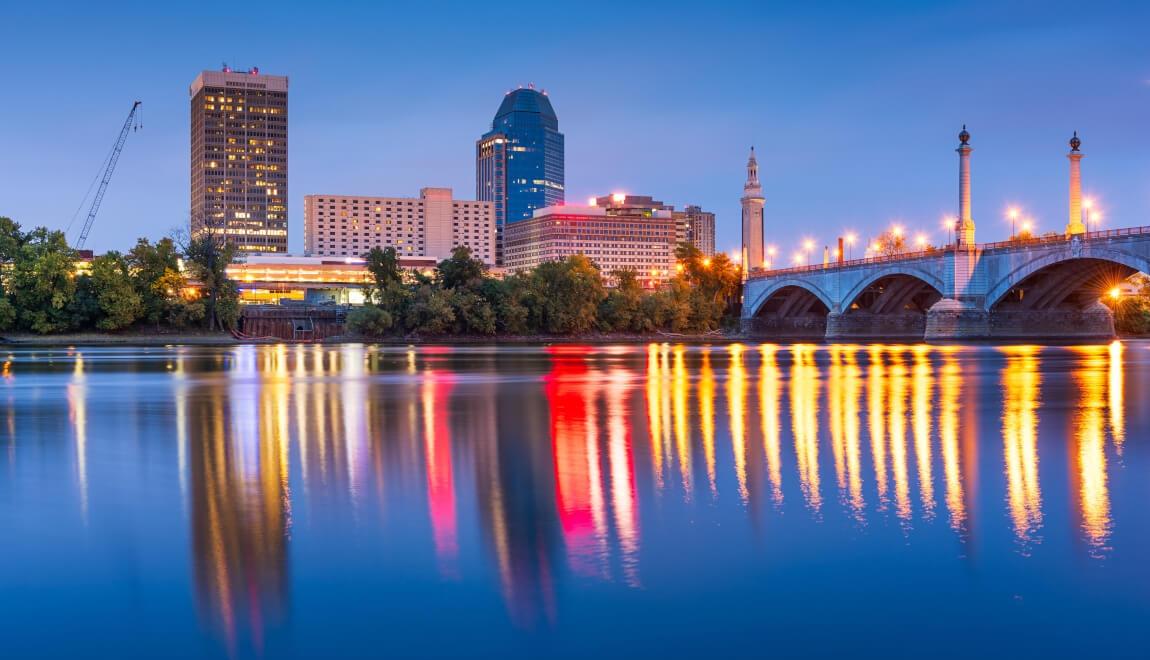
Rent prices in Springfield, Massachusetts are currently 6.3% higher than predicted. Springfield rent prices are outperforming expectations and steadily increasing. The average rent for a one-bedroom apartment in Springfield is $1,158 per month, which is below the national average. However, rent prices have risen by 4.2% compared to last year. Unlike New York City, very few renters in Springfield pay more than $2,000 per month. Most rent prices range between $700 and $1,000 per month.
When compared to other cities in the Northeast, Springfield is very affordable. It also has ample growth potential and a diverse economy, making it a great option if you have some flexibility on where you want to move this summer. Springfield is home to destinations like the Basketball Hall of Fame and the Amazing World of Dr. Seuss Museum, and it hosts one of the largest fairs in the Northeast. Located along the Connecticut River, there are plenty of parks to explore and outdoor activities to enjoy. US News & World Report named Springfield one of the top 100 US cities to live and work, which when combined with its relatively low rent prices make it an attractive city.
That said, it’s important to note that if you plan on moving to Springfield, summer is the best time to do so. Summers in Springfield last about four months, and the winter is usually long and cold. Springfield averages about 40 inches of snow per year, so a winter move might be challenging.
3. Hartford, CT
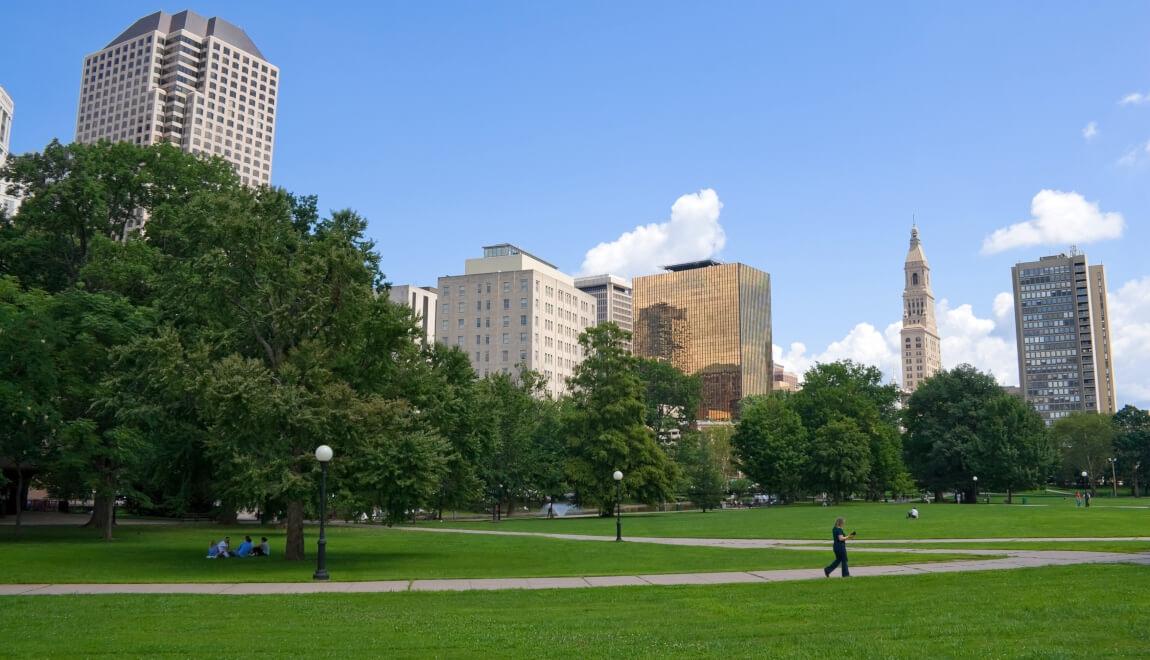
Hartford, Connecticut topped its predicted rent price by 6.59%. However, Hartford’s current average rent price of $1,229 per month is 19% lower than the national average, keeping this New England gem affordable. Renters currently pay 3.4 percent more than last year, or about $42 more per month. As one of the nation’s oldest cities, Hartford provides a wealth of history you can explore in places like the Connecticut Museum of Culture and History, the Mark Twain House and Museum, and the Harriet Beecher Stowe Center.
If you are moving to Hartford, be aware that summer is a busy time for rentals. It’s a good idea to start your search early to find the right place. Hartford is more affordable than many other New England cities, but prices vary depending on the style of rental and the location. Downtown Hartford is terrific for modern apartments close to entertainment, restaurants, and office buildings. If you prefer a historic home, West End provides terrific houses along tree-lined streets.
Fall is a beautiful time to live in Hartford, which is famous for its stunning fall foliage. Summers tend to be warm, with an average high around 85 degrees. If you are moving this summer, be sure to check the weather since summertime thunderstorms are common in Hartford, especially in the late afternoon and early evening hours. Winters are cold and snowy, with an average snowfall of about 45 inches annually.
2. Madison, WI
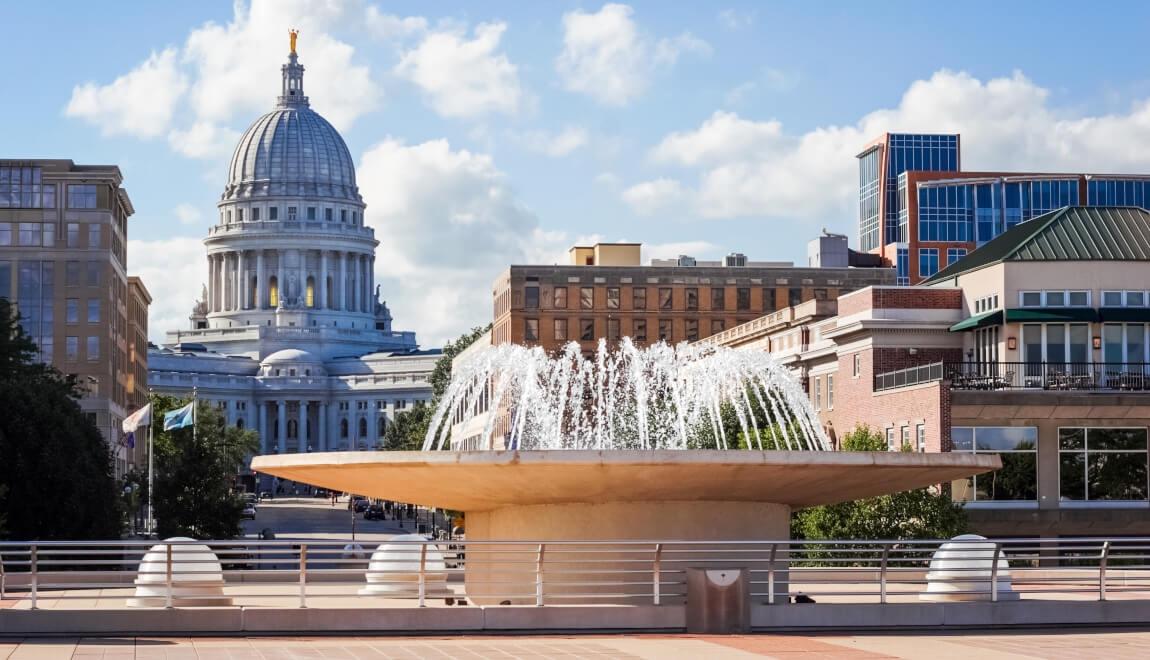
Madison topped its predicted rent prices by 6.77 percent, making it the second-most overpriced city for renters. The average rent in Madison is currently $1,390 per month, which is about eight percent lower than the national average and 3.5 percent higher than last year. Most renters pay between $1,000 to $1,500 for rent, with about 12 percent paying more than $2,000 for rent. Apartments are larger in Madison, averaging 713 square feet for a one-bedroom.
Madison stands out among the pricey Northeastern cities as the only Midwestern city to make the top five. With limited supply of available rentals and increasing demand, Madison hasn’t kept up with its growing population. According to the National Apartment Association (NAA), Madison consistently has the lowest vacancy rate in the US, currently just 2.8%. It’s a college town, home to the University of Wisconsin-Madison, and it’s an attractive city with easy access to three nearby lakes. The city’s strong economy and natural beauty, combined with so few new apartment buildings being constructed, are why rentals in Madison are in such high demand.
If you’re looking to move to Madison, you’ll appreciate the wide variety of activities, ranging from lakeside beaches to downtown nightlife. Madison’s destinations are plentiful, with places like Henry Vilas Zoo, the Chazen Museum of Art, and Bartell Theatre to explore. While summers are mild, you’ll want to bundle up during the winter months. The average annual snowfall is 51. 8 inches and the average temperature in January is 26°F.
1. New Haven, CT

New Haven outperformed its predicted rent price the most, with rents 7.51% higher than expected. The average rent in New Haven is currently $2,039 per month, which is only slightly higher than last year by 0.3%. New Haven’s average rent is 34% higher than the national average.
Like New York City, apartments in New Haven tend to be on the smaller side, with the average one-bedroom around 676 square feet. While most people pay between $1,000 and $1,500 per month for rent, 30% of renters in New Haven pay more than $2,000 per month. Those living in neighborhoods near Yale University, like Wooster Square, tend to pay higher than average rents.
New Haven is a historic city imbued with natural beauty. From Colonial-era buildings downtown to the ocean views from Sea Bluff Beach, New Haven is an appealing city that continues to attract new residents. If you’re considering a move to New Haven this summer and are looking for an affordable neighborhood, consider Quinnipiac Meadows or Long Wharf, both of which are below the New Haven average.
The 5 Cheapest Cities for Renters
Now that you know the five priciest cities in the country, where are rent prices falling below the predicted trend? According to the study, cities that underperformed expectations are considered underpriced. If you’re searching for a bargain and have some flexibility with location, here are the five cities that are priced lower than expected:
5. Las Vegas, NV

With actual rent prices -2.4% below expectations, renters in this sun-filled city have seen rent prices fall slightly, down -0.2% from last year. The average rent for a one-bedroom apartment in Las Vegas is currently $1,265 per month, which is 17% below the national average. Renters in Las Vegas enjoy more space for their money, with one-bedroom apartments averaging 702 square feet. If you look for your rental in one of Las Vegas’ more affordable neighborhoods like Richfield or University District, you can stretch your rental dollar further.
Las Vegas has no state income tax, keeping even more money in your pocket. Because it is such a popular tourist destination, the city has a strong economy and a variety of entertainment venues. When you want to escape the bright lights, casinos, glamorous shows, and high-end restaurants to explore the rugged beauty of the desert landscape, you can head to Red Rock Canyon, Lake Mead, or Mount Charleston for a day of outdoor adventure.
Before you pack up and head for Sin City, there are some things you’ll want to consider. Specifically, the summer heat. During the summer months, the average temperature is well above 100°F, so you’ll want to make sure you hydrate, wear loose-fitting clothing, use sunscreen, and take frequent breaks during the moving process. Try to move very early in the morning or later in the evening to avoid the hottest part of the day and make as few trips as possible. If you can wait, the best time to move to Las Vegas is from March to late April, or from September mid-October.
4. Phoenix, AZ

Leaving the bright lights of Vegas and the Mojave Desert behind, let’s travel south to sun-soaked Phoenix and the Sonoran Desert, where rent prices are performing -2.76% below expectations. The average rent for a one-bedroom apartment in Phoenix is currently $1,316 per month, which is about -2.1% lower than last year and 13% lower than the national average, making this desert gem an affordable option for renters.
Phoenix has a strong economy and an affordable cost of living, making it an attractive city for many. It’s more laidback than Vegas, but there’s still plenty to do. The city has a variety of museums, theaters, and concert venues in addition to a variety of festivals held throughout the year. Outdoor adventures range from exploring the nearby Grand Canyon to off-roading in the desert. Phoenix is home to Arizona State University, which attracts thousands of students every year.
If you are planning to move to Phoenix this summer, be aware that Phoenix is hot — even hotter than Las Vegas. It isn’t uncommon to see temperatures higher than 110°F. As with Las Vegas, stay hydrated, wear sunscreen and loose-fitting clothing, and try to move early in the morning or later in the afternoon. Make sure your apartment has the air conditioning turned on ahead of your move-in day and make sure your movers have plenty of drinks on hand.
3. Spokane, WA
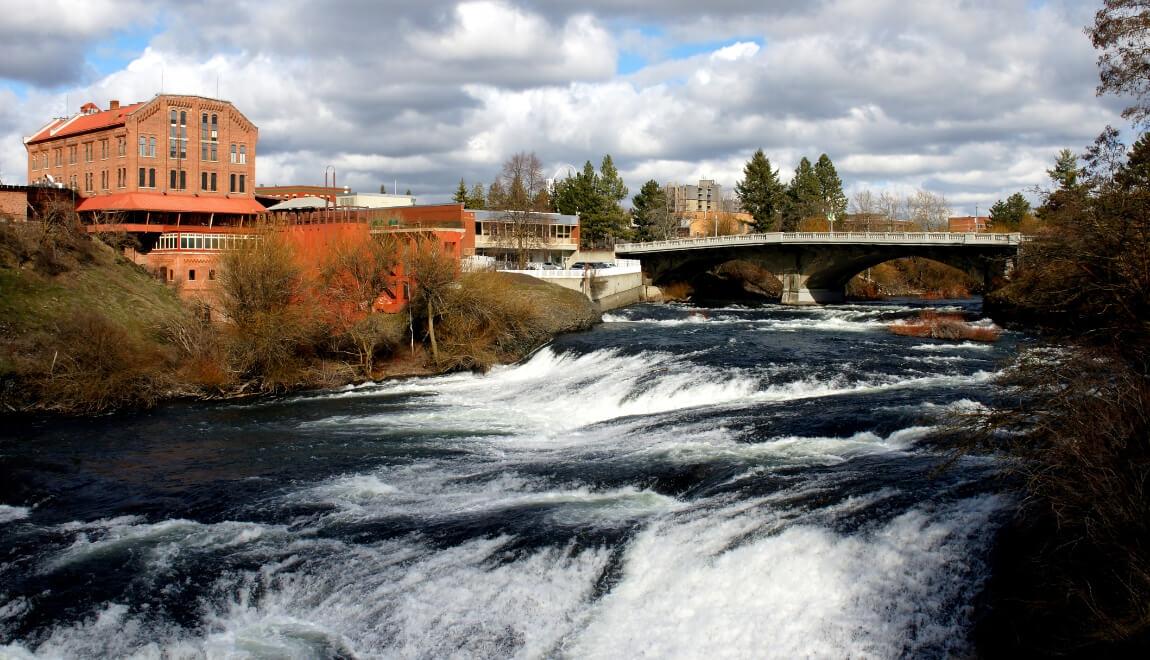
If desert living isn’t your thing, let’s move northwest to cool, crisp Spokane. Rent prices in Spokane are underperforming expectations by -3%, with the average cost for a one-bedroom apartment at $1,102 per month, which is 27% cheaper than the national average. While most renters (41%) pay between $1,000 and $1,500 per month for rent, about 27% of renters in pay between $700 and $1,000 for rent.
Looking for natural beauty? You’ll find it in Spokane. This city has it all: mountains, rivers, lakes, and spectacular waterfalls. And it isn’t just easy on the eyes — Spokane is perfect for outdoor adventures, from hiking, mountain climbing, and boating to skiing and snowboarding. And while you may think the Pacific Northwest is a bit rainy and gloomy, that isn’t necessarily true. Spokane averages 171 sunny days per year, only slightly less than the national average of 205 sunny days per year. In fact, Spokane typically has a warm, sunny summer. Most of the precipitation occurs in the winter, with an average of 44 inches per year. Actual rainfall in Spokane is just 17 inches annually, which is far below the national average of 38 inches per year.
Spokane is a college town, home to Gonzaga University and Washington State University-Spokane. If you’re planning to move to Spokane, you might find more competition for available apartments in the late summer to early fall, when students are moving to the area. While you can find great deals in the winter, you’ll be dealing with cold temperatures and potentially a lot of snow and ice. If you move in May or June, you can generally expect mild temperatures and clear skies.
2. Boise, ID
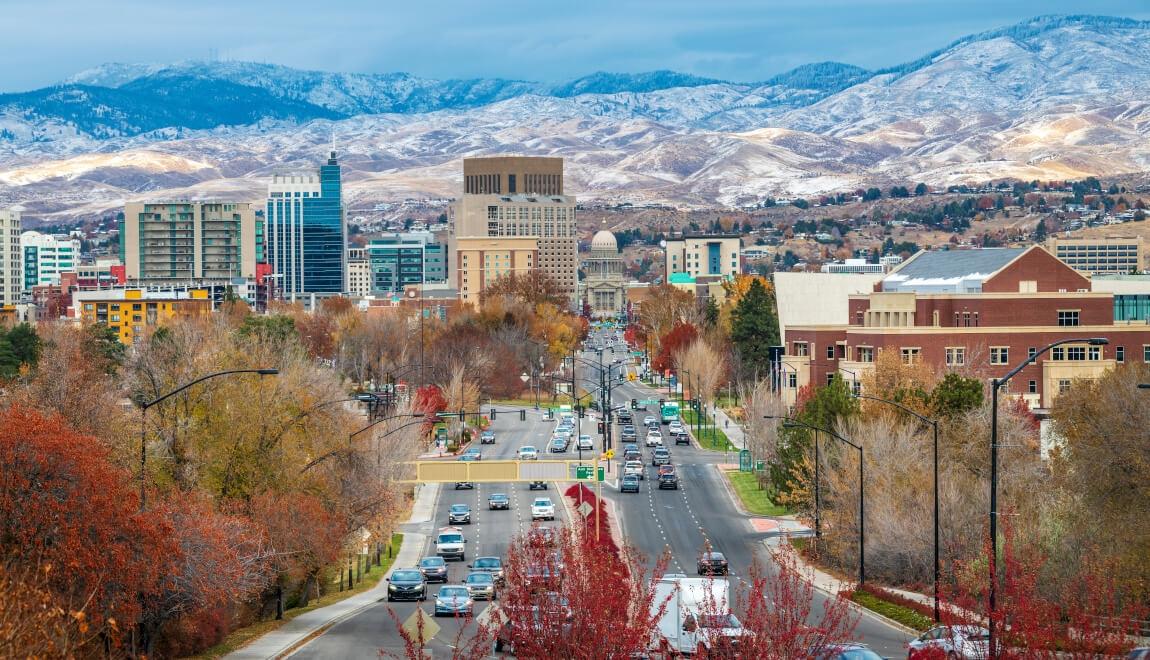
While many people believe Idaho to be in the Midwest, it’s part of the Pacific Northwest. Boise is situated about six hours southeast of Spokane, and the landscape is just as impressive. Rent prices in Boise are -3.06% below expectations, with the average rent for a one-bedroom apartment currently $1,375 per month. Boise rent prices are 9% lower than the national average, and they’ve decreased 0.5% in the last year. Some of the most affordable neighborhoods in Boise include Morris Hill, Franklin-Randolph, and Central Bench.
Boise is a great place for outdoor adventures, with ample hiking trails in the foothills and along the river. The Boise Greenbelt spans 25 miles along the river and passes through Downtown Boise. The city has more than 95 parks, providing plenty of opportunity to enjoy the area’s natural beauty. As the state capital, Boise has a strong economy and a busy downtown area filled with shops, restaurants, and museums. Boise is also a college town, home to Boise State University. And while the state of Idaho as a whole is synonymous with potato, the J.R. Simplot Company is headquartered in Boise.
1. Austin, TX
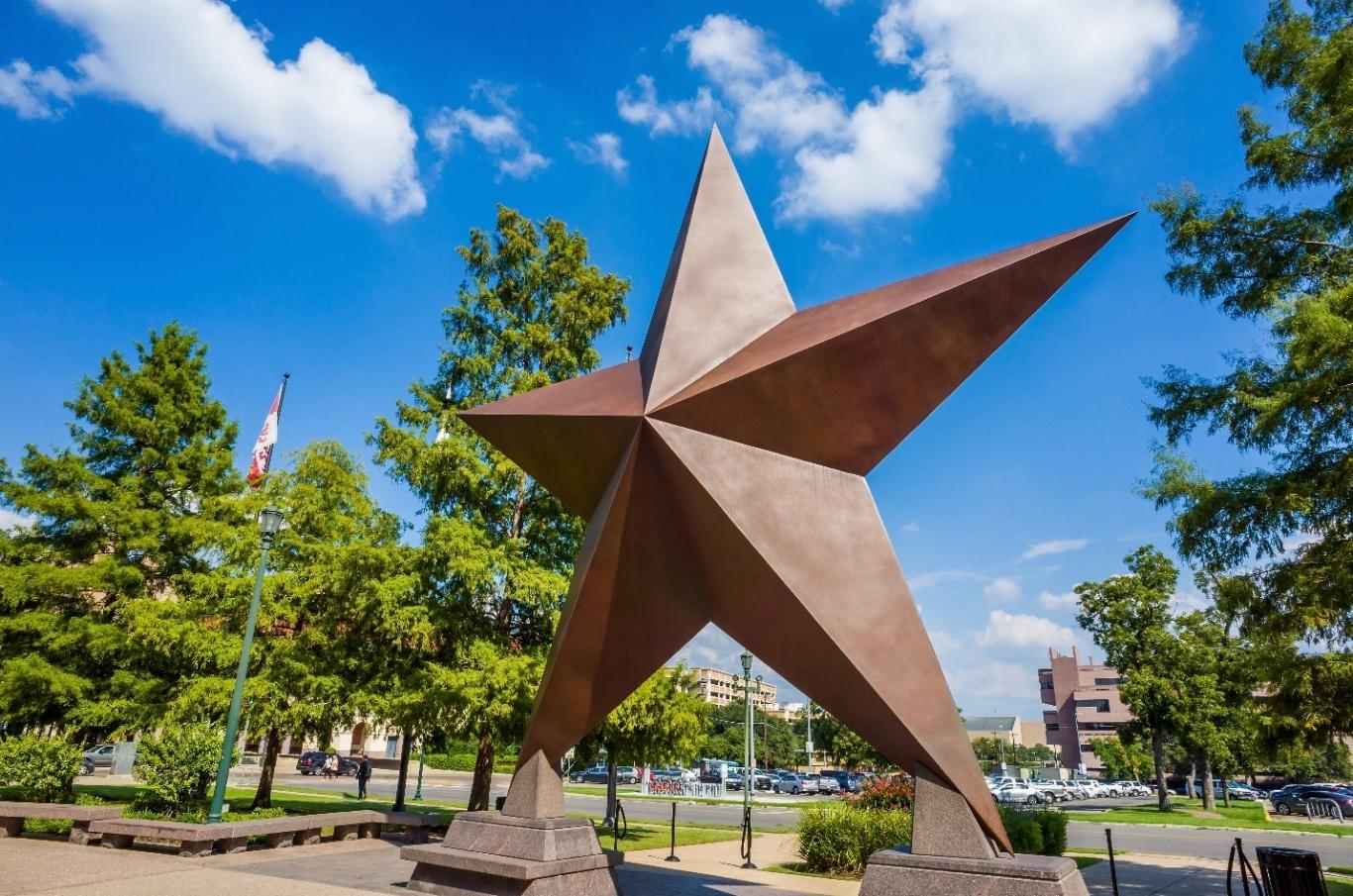
Rent in Austin is underperforming expectations by -3.39%, making it the best city for renters in search of a bargain. And while rent prices in Austin are only 4% lower than the national average, they’ve fallen the most of any other city, down -6.1% from last year. The average rent for a one-bedroom apartment in Austin is currently $1,450 per month, and renters can find lower rents in certain areas like Northeast Austin.
Austin, the capital of Texas and the self-proclaimed Live Music Capital of the World, is famous for hosting almost 40 music festivals per year, including South by Southwest and Austin City Limits. It’s also a college town, home to the University of Texas at Austin, which is considered one of the state’s top schools.
If you decide Austin is the place for you, be aware that moving in the summer might prove challenging, thanks to the heat and high humidity. Winter temperatures tend to be mild, making it a great time to move. You might be able to find great deals in the spring but be aware that the weather can be unpredictable with heavy, frequent rainfall and thunderstorms.





